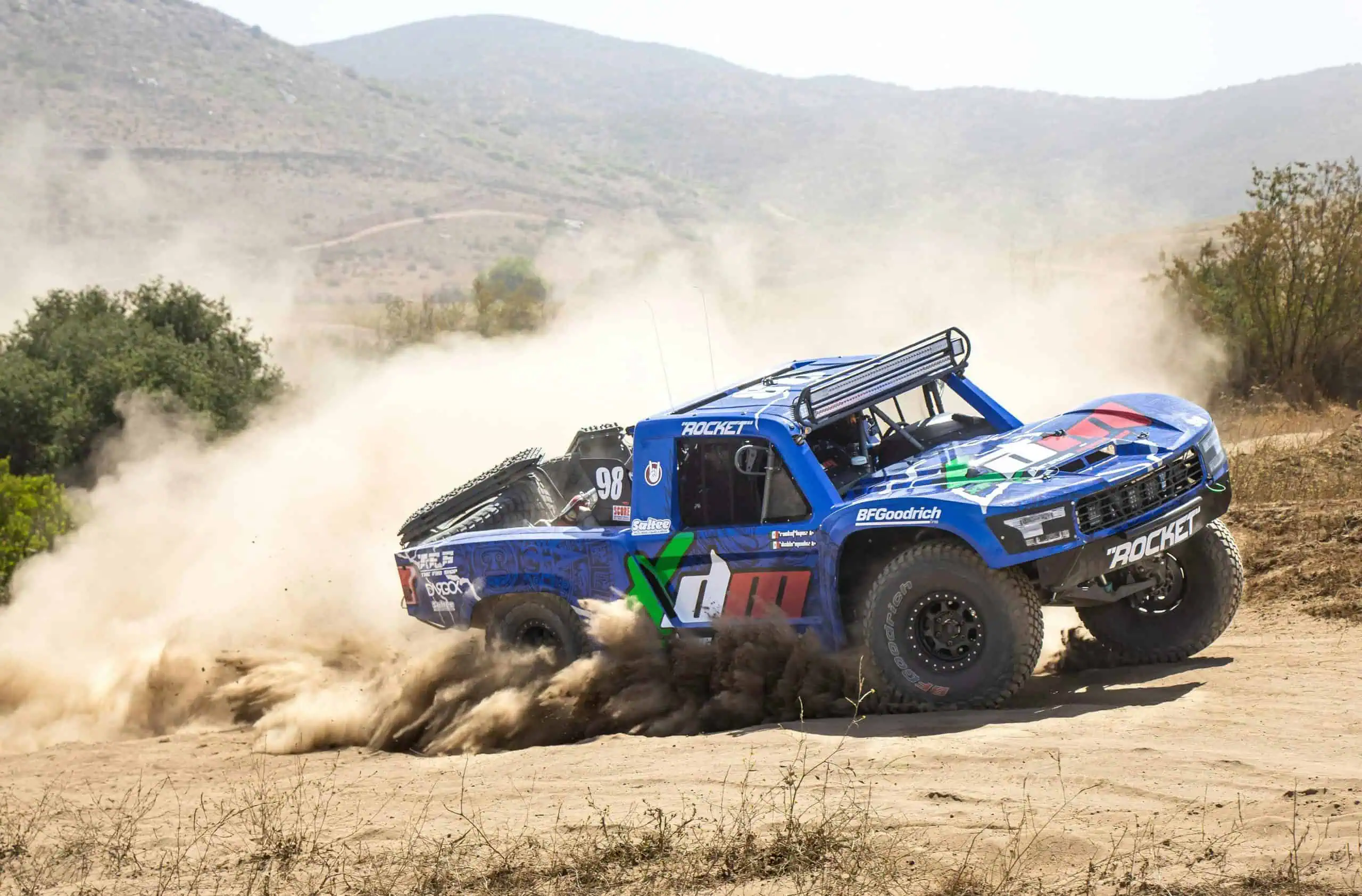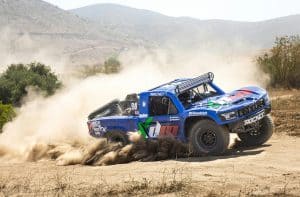
From the Streets to the Trails: Off Road Racing versus Track Racing
From the Streets to the Trails: How Off-Road Racing Compares to Track Racing

Photo by Diego Rodriguez from Pexels
High speeds. Tight corners. Heart-pounding finishes. Racing delivers a thrill that pulls in fans and drivers alike. But the type of racing you follow—or compete in—can dramatically change the experience. Track and off-road racing offer two distinct worlds with their own challenges, rules, and adrenaline rushes. From the roar of engines on a tarmac circuit to the roar of mud-caked tires in the wilderness, the differences go deeper than surface level.
Grip, Control, and Chaos: The Driving Dynamics
Track racing cars thrive on precision. Drivers stick to calculated lines, with every curve and straight engineered for speed. Racers aim for flawless braking, smooth cornering, and acceleration that’s timed to perfection.
Off-road vehicles are a different beast. Drivers battle loose gravel, deep ruts, and sudden drops. There’s little room for clean lines or polished maneuvers. Reflexes and improvisation take the lead.
Those diving into either form need reliable gear. The demands of off-road courses can chew up tires and stress suspension systems. Track vehicles push brakes and engines to their limits lap after lap. That’s why racers rely on quality racing supplies tailored to the demands of their environment, whether they’re gunning through mud or hugging tight corners on asphalt.
Risk vs Reward: What’s on the Line?
Track racing is governed by tight rules and controlled conditions. It’s highly competitive but structured. Crashes are rare compared to off-road events, where one wrong move can mean rolling into a ditch or slamming into a hidden obstacle. Safety crews often stand on high alert during off-road competitions due to the unpredictable terrain and mechanical strain. Still, both styles demand razor-sharp focus and a deep respect for the vehicle and environment.
In terms of glory, track racing often leads to more mainstream recognition. Names like Formula 1 and NASCAR echo across households. Off-road racing builds its heroes on rougher paths, but the stakes remain high in both arenas.
Training the Body and Mind for the Terrain
Track racers often lean into data and analytics. They spend hours reviewing telemetry, tweaking car setups, and refining strategy. It’s a cerebral pursuit as much as a physical one. Off-road drivers, by contrast, face unpredictable environments and must adapt quickly. Their training includes mental stamina, quick decision-making, and physical endurance to withstand the pounding of rough terrain.
Both types of racers build impressive skill sets, which are crucial for road safety and track safety. Reaction times, hand-eye coordination, and vehicle knowledge serve as the foundation, but the application of those skills varies based on where the rubber meets the ground.
Culture and Community: Different Roads, Same Passion
Track racing has a polished image. From pit crews in matching uniforms to highly branded paddocks, it reflects years of media exposure and financial backing. Off-road events feel more grassroots, where campsites replace grandstands and the community leans into camaraderie over spectacle.
Despite their differences, the fan bases share a love for speed, mechanical mastery, and competition. Garage tinkering, vehicle upgrades, and debates over performance are common scenes in both worlds. One may take place in a pit lane, the other beside a dusty trailer—but the passion runs equally deep.
Wrapping Up: Which Style Suits You Best?
Choosing between off-road and track racing often comes down to personal taste and mindset. Some crave the clinical sharpness of timed laps on clean circuits. Others are drawn to the unpredictable thrill of racing through dirt, rain, and rocks. Both demand grit, discipline, and a love for pushing limits.
Whether you find yourself drawn to the roar of a crowd at a grandstand or the silence between trees before the race kicks off, both paths offer something unique. One is honed on lines, angles, and timing. The other thrives on guts, grit, and getting through whatever the trail throws your way.
